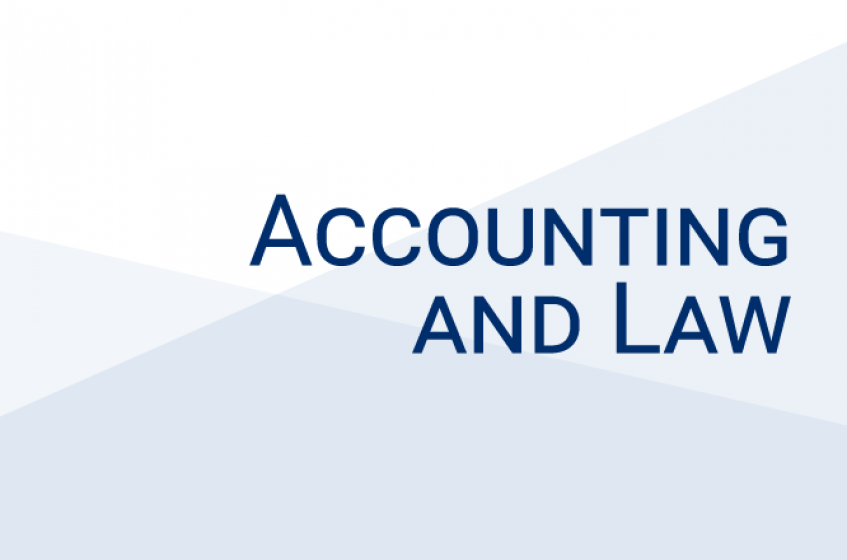
“Why can’t I trade? Exchange discretion in calling halts” – by Dr. Sarah Zechman
Associate Professor of Accounting
Leeds School of Business
University of Colorado at Boulder
Stock exchanges exercise discretion when calling individual stock trading halts though the decision making behind the halt remains a “mystery” (WSJ, 2018). Between 2012 and 2015 halts are associated with large price movements (on-average 11%) and occur frequently with 97% of trading days having five or more halts. Given their importance, we investigate how exchanges use this discretion and whether the use of discretion alters the effectiveness of the halts. Our findings suggest halts reflect the preferences of exchange constituents as opposed to simply the stated objectives of the exchanges (i.e., minimizing excess volatility and trades at off-equilibrium prices). Specifically, we find halts are less likely for (i) good news than bad, (ii) firms with opportunistic CEO traders, and (iii) firms with low short interests. We also find some evidence that CEO characteristics are associated with halt outcomes. Concerning halt effectiveness, we find the level of unexplained halt discretion is positively associated with both small halt returns and larger posthalt stock return reversals, suggesting halts with more discretion are less effective.







